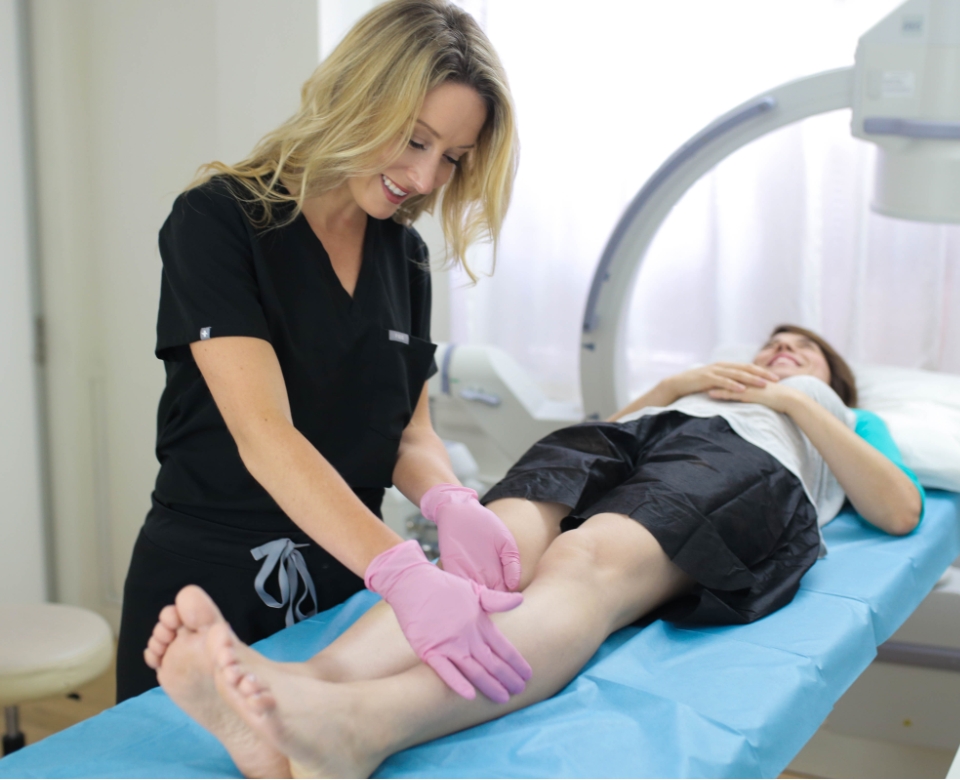Exploring The Profession Of A Vein Doctor: What Are They Called?
Introduction
Have you ever considered who treats those twisted, perky, or bulgy veins that often occur in the lower section of the leg? In this content, we discuss the What is a Vein Doctor Called? Vascular specialists or phlebologists are well-versed in providing effective vein treatment as per individual requirements. This piece of information discusses the vein professionals and unravels their profession's mysteries.
Vein doctors, also known as phlebologists or vascular specialists, often take care of the circulatory system and vein insufficiency. The circulatory system's blood vessels pass blood flow to the heart, but in vein disorder, the blood flow gets disturbed, which can cause bulgy or twisted veins. Although these physicians are connected to vein treatments for cosmetic purposes, their knowledge extends beyond appearance.
Becoming a Vein Doctor
Becoming a vein doctor is more challenging than it sounds. It requires a proper education that starts with a bachelor's degree. After finishing medical school, vein doctors have to complete the training, especially in a relevant field (vein insufficiencies), which includes internal medicine or vascular surgery.

For specialization in vein care, medical professionals need to complete additional training in phlebology. This is a branch of the medical field specially dedicated to the study and treatment of veins. This specialized training equips them with the necessary knowledge and skills to resolve various vein-related issues.
What Specific Varicose Vein Conditions They Treat?
Vein specialists have experience in treating a wide range of vascular conditions. Some of them are mentioned below:-
Varicose Veins
Large, bulgy, twisted vein occurs on the legs that can cause discomfort, pain, and swelling in the legs.
Spider Veins
Weblike veins are smaller in size than varicose veins. Spider veins often come under the cosmetic purpose. It often appears on the surface of the skin.

Deep Vein Thrombosis (DVT)
DVT is abbreviated as Deep Vein Thrombosis, which is a severe condition in blood clots in the deep veins. They usually appear in the legs.
Chronic Venous Insufficiency (CVI)
CVI is a condition that creates trouble for many people as affected veins cannot transport blood to the heart, causing various symptoms effectively.
Venous Ulcers
Open sores are a severe venous insufficiency condition because poor blood flow often appears in the lower section of the legs.
Diagnostic Tools
Vein specialists use the latest advanced techniques to determine the major reason for causing veins. Ultrasound imaging allows doctors to determine the level of blood flow and find abnormalities, if any.
Wrapping It Up
Veins doctors can effectively use the range of treatment options. They recommend lifestyle changes, compression stockings, and elevating leg exercises. People want to know what is the treatment for varicose veins? Apart from effective home treatment, sclerotherapy, endovenous laser treatment (EVLT), and venous stripping are advanced treatment options that can cure the appearance of varicose veins. These professionals allow you to preserve the smooth operation of your veins since they can diagnose difficult issues and administer state-of-the-art therapies. Therefore, don't be afraid to contact a vein doctor if you're having issues with your veins, and let them help you achieve healthier, happier veins.
Comments
Post a Comment